The Pokemon TCG’s first-ever set, Base Set, released in the U.S. on January 9, 1999, over two years after the game debuted in its native Japan. This legendary release featured 102 cards, many of which became staples that would shape the competitive scene for years to come.
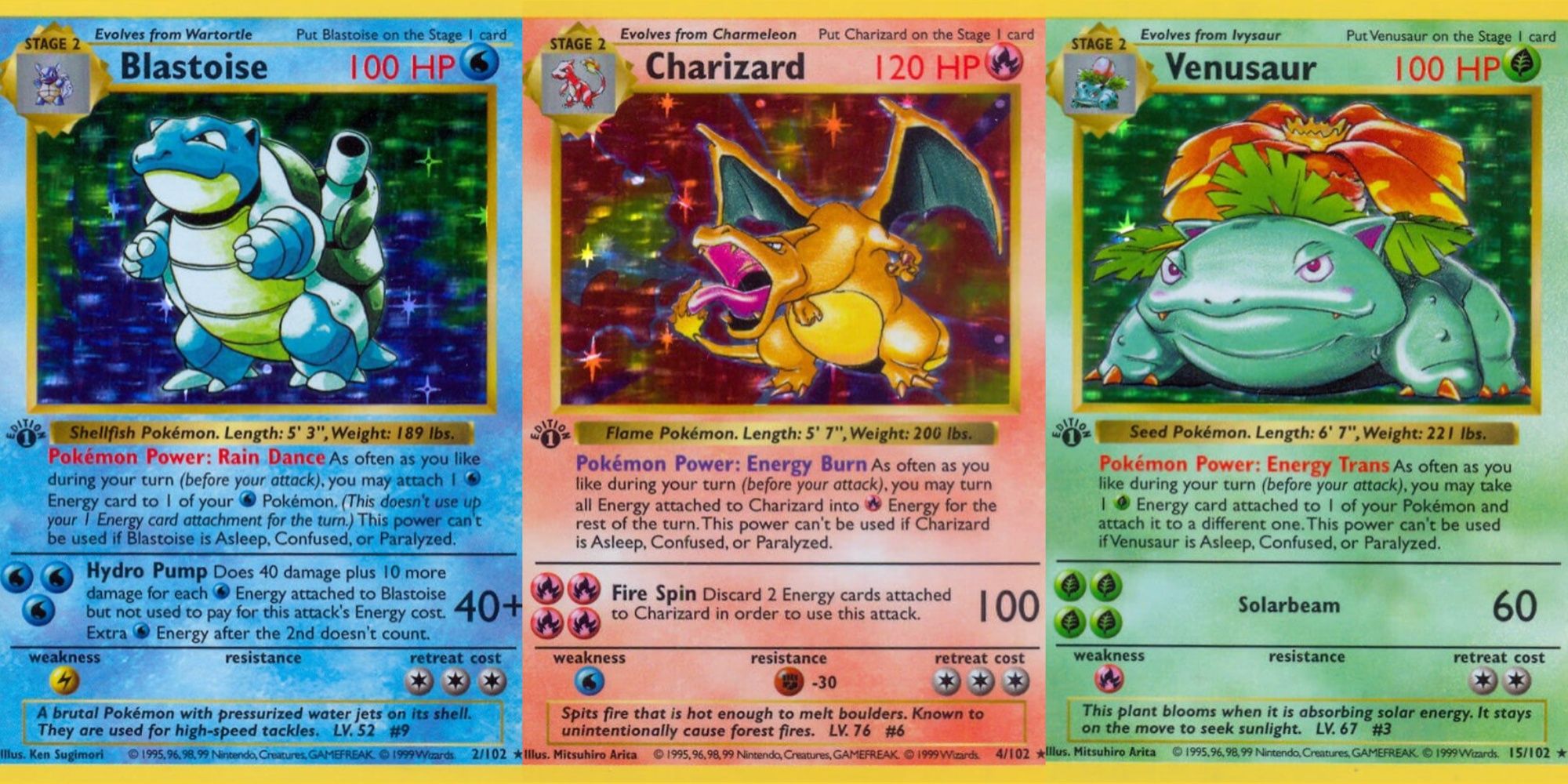
Related
Pokemon TCG: The 14 Most Valuable Cards From Base Set
Ever wondered about how much your old Pokémon cards are worth? If you’ve got the cards on this list, you’re sitting on a fortune!
But what are the best cards from the Base Set? Some of the cards released in the TCG’s first-ever set have stood the test of time and, furthermore, are actually far too powerful by modern standards. Let’s dive into the best cards from the Base Set.
10
Mewtwo
Stall For Days With Mewtwo’s Barrier Attack
One of the most important Pokemon in the franchise’s early years was the Psychic-type legendary ‘mon Mewtwo. In the TCG’s Base Set, Mewtwo didn’t quite reach the obscene power level that this cloned Pokemon did in the mainline games, but it is still quite a powerhouse under the right circumstances.
While 60 HP is rather laughable by today’s standards for a fully evolved legendary Pokemon, it was not this card’s stats that made it shine. Instead, it was Mewtwo’s second attack, “Barrier,” that made waves competitively. Being able to stall indefinitely so long as you continued attaching a Psychic energy was a viable strategy in the TCG’s early days, and Mewtwo was one of the main ways to grind out wins that way.
9
Charizard
Iconic, Valuable, And Powerful
The most valuable Base Set card of all time – and one of the most recognizable cards across the entire TCG hobby – is Base Set Charizard. With 120 HP and an attack that did a whopping 100 damage, which was enough to one-hit KO all but two Pokemon (Charizard itself and Chansey), it’s no surprise that Base Set Charizard was a thunderous play in the TCG’s early days.
Combining those stats and attacks with a strong Pokemon Power and utterly iconic art from legendary Pokemon TCG illustrator Mitsuhiro Arita means that this card is a true grail for Pokemon TCG collectors, but when it comes to competitive play, Base Set Charizard only ever saw fringe attention.
8
Blastoise
The Anchor Of Rain Dance Decks
Charizard’s Water-type sibling Blastoise, on the other hand, was the anchor for a major deck archetype when it was released in Base Set. Blastoise’s Pokemon Power: Rain Dance allowed you to attach as many Water-type energies to your Water-type Pokemon during your turn as possible.
This ability has been recycled multiple times throughout the TCG’s history (most recently on Paldea Evolved’s Baxcalibur as the ability “Super Cold”), and it remains a supremely powerful effect. During the Base Set era, Blastoise itself was often the main attacker in this archetype, as its Hydro Pump attack could do a robust (for the time) 60 damage a pop.
7
Chansey
Damage Swap Was A Dominant Archetype, Part 1
A brutally effective card with simple and adorable – yet elegant – artwork from original Pokemon designer Ken Sugimori, this 120-HP Colorless card was a major competitive force despite mostly being a defensive option.

Related
Pokemon TCG: The 15 Most Valuable Cards In Crown Zenith
These gorgeous cards mark an end to the eSword & Shield era and can fetch quite a pretty penny.
120 HP was massive in Base Set, as only Charizard and Chansey boasted such immense defensive capabilities. Chansey backed that up with a notable defensive attack, Scrunch, which, upon winning a coin flip, would negate all damage done to Chansey during your opponent’s next turn. Couple this card’s high HP and Scrunch attack with the next card up, and you have a top-flight deck brewing.
6
Alakazam
Damage Swap Was A Dominant Archetype, Part 2
The very first card in Base Set, by set order at least, is Alakazam, the final evolution of Abra. This card’s attack was rather unassuming, but its Pokemon Power: Damage Swap is where its power was truly held.
Being able to move damage counters on your Pokemon as many times as you want during your turn is an bonkers ability, and competitive Pokemon TCG players sussed out this card’s power level with extreme expediency. Paired with Chansey and mass healing spells such as Pokemon Center, Damage Swap Stall was a major deck archetype during the TCG’s early days – leading to Alakazam being a shoo-in for the best Psychic-type card from the game’s first set.
5
Gust of Wind
A Better Boss’s Orders
Trainer cards worked differently in the early days of the Pokemon TCG. Instead of Supporter cards, Item cards, Tool cards, and more, there was simply one Trainer card that represented all items. Furthermore, there was no limit on the number of Trainers one could play in a turn, leading to some ultra-powerful Trainer cards from Base Set.
Gust of Wind is a non-Supporter version of Boss’s Orders, which lets you force your opponent’s active Pokemon from its spot and replace it with a benched Pokemon of your choosing. That card is obviously super-strong, but imagine if it was not a Supporter, and that’s exactly what Gust of Wind is – making it an exceedingly powerful Trainer card from the TCG’s first set.
4
Hitmonchan
Haymakers Make The Dream Work
The likely best deck from the Base Set-Fossil era of the Pokemon TCG was Haymaker, a deck that focused on putting Basic Pokemon into play with high HP as well as one-energy attacks that packed quite a punch, in addition to stronger, more energy-intensive attacks that could serve as finishers.
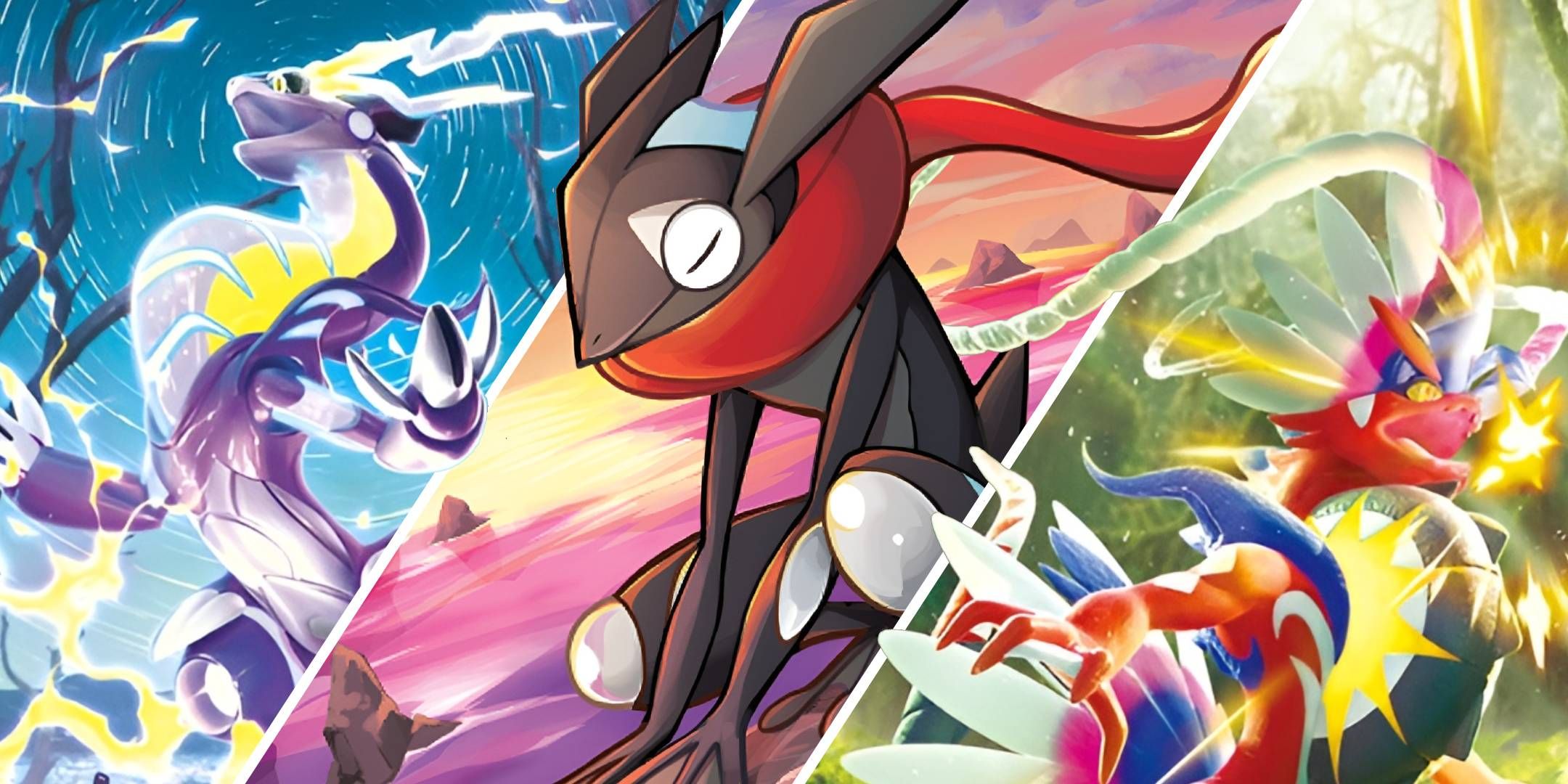
Related
Pokemon TCG: 2025 Standard Rotation Guide
The Pokemon TCG’s Standard format rotates every year. Here’s what’s legal, and what isn’t.
Fighting-type card Hitmonchan was a major force in these decks, with a fairly hefty 70 HP and a potent one-energy attack, Jab, that did 20 damage. Get up to three energy cards and you could deal 40 damage via Special Punch. While not super interesting, Haymaker decks dominated the meta for a while, thanks to Hitmonchan and…
3
Electabuzz
Absurd Energy-To-Damage Ratio (For The Time)
While Hitmonchan was surely a dominant card from Base Set, the surprising superstar in Haymaker decks was this non-holographic rare from Base Set that featured two eminently strong attacks in the Pokemon TCG’s early days.
A one-energy attack that deals 10 damage and can paralyze the foe’s active Pokemon was plenty strong on its own. But tack on one more energy, and you get an attack that deals 30 baseline damage with a coin flip’s chance to top that up to an impressive 40 damage. While it sounds like peanuts by today’s standards, that sheer damage output with such a small energy investment was massive, and this card helped make Haymaker a fearsome tournament winner.
2
Bill
Draw Two Cards? Why Yes, Yes I Will
Any longtime trading card game player knows that drawing extra cards is a good thing. So, playing a card that nets you an additional two cards – for free – is always going to rank highly on a best-of list.
The fact that this card could be chained into other Bills or card-drawing cards is simply absurd, and it’s no wonder that the Pokemon TCG introduced limitations via Supporter cards (in which only one can be played per turn) to curtail the power level of game-warping Trainer cards such as this one.
1
Professor Oak
Who Needs Supporter Cards?
Drawing seven cards with a single card multiple times per turn sounds too good to be true, and, in today’s metagame, it is. This card has now been transformed into Professor’s Research, a Supporter version, with the same effect as Base Set’s Professor Oak: discard your hand and draw seven cards.
Can you imagine a non-Supporter version of this in today’s meta? Games are already lightning-fast, and players rifle through their decks with extreme speed to find their best cards. If they could simply play four of these in a turn to find all of their threats,the games would be over before they begin. As such, this card is by far the strongest from the TCG’s Base Set.
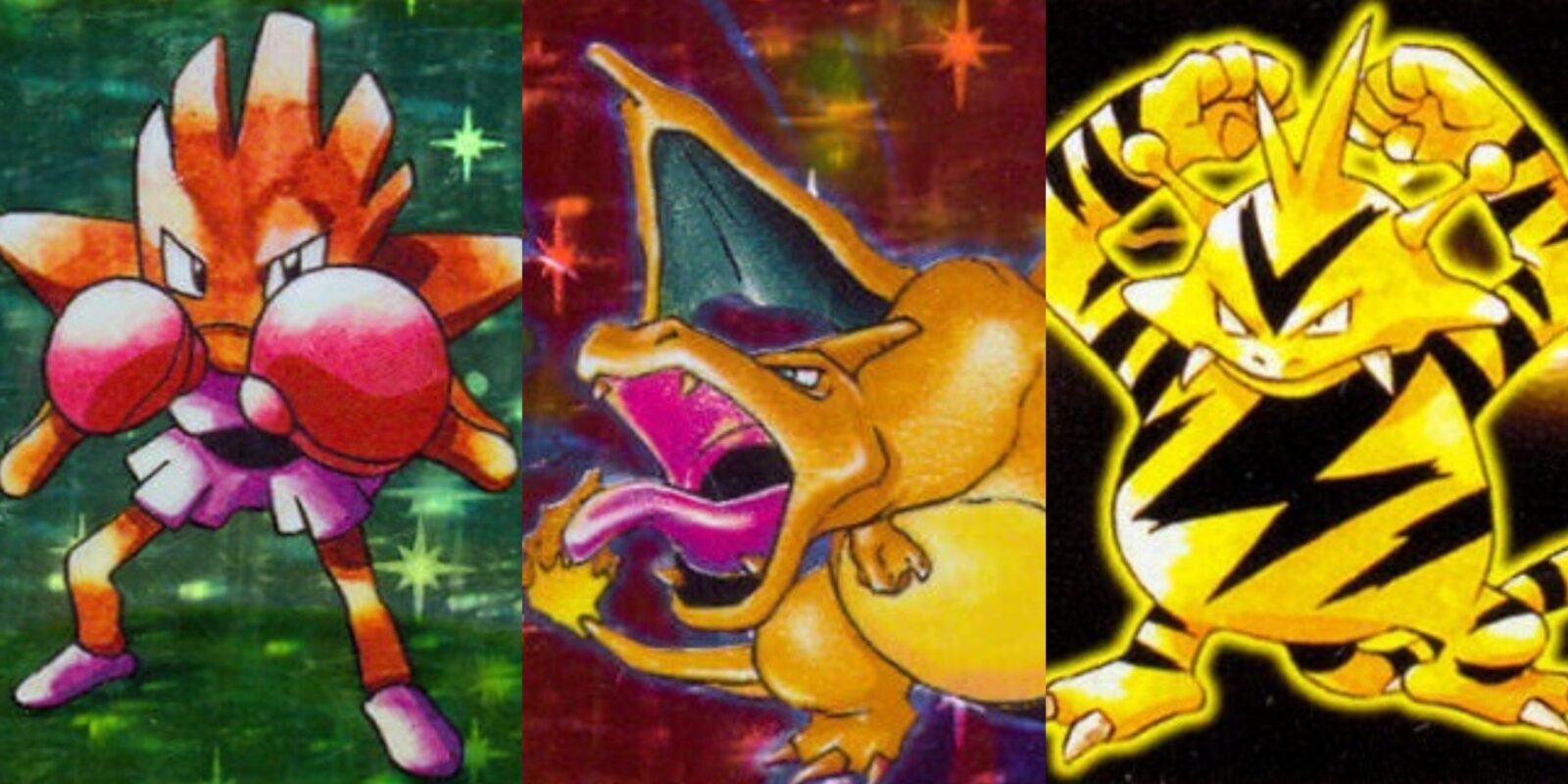











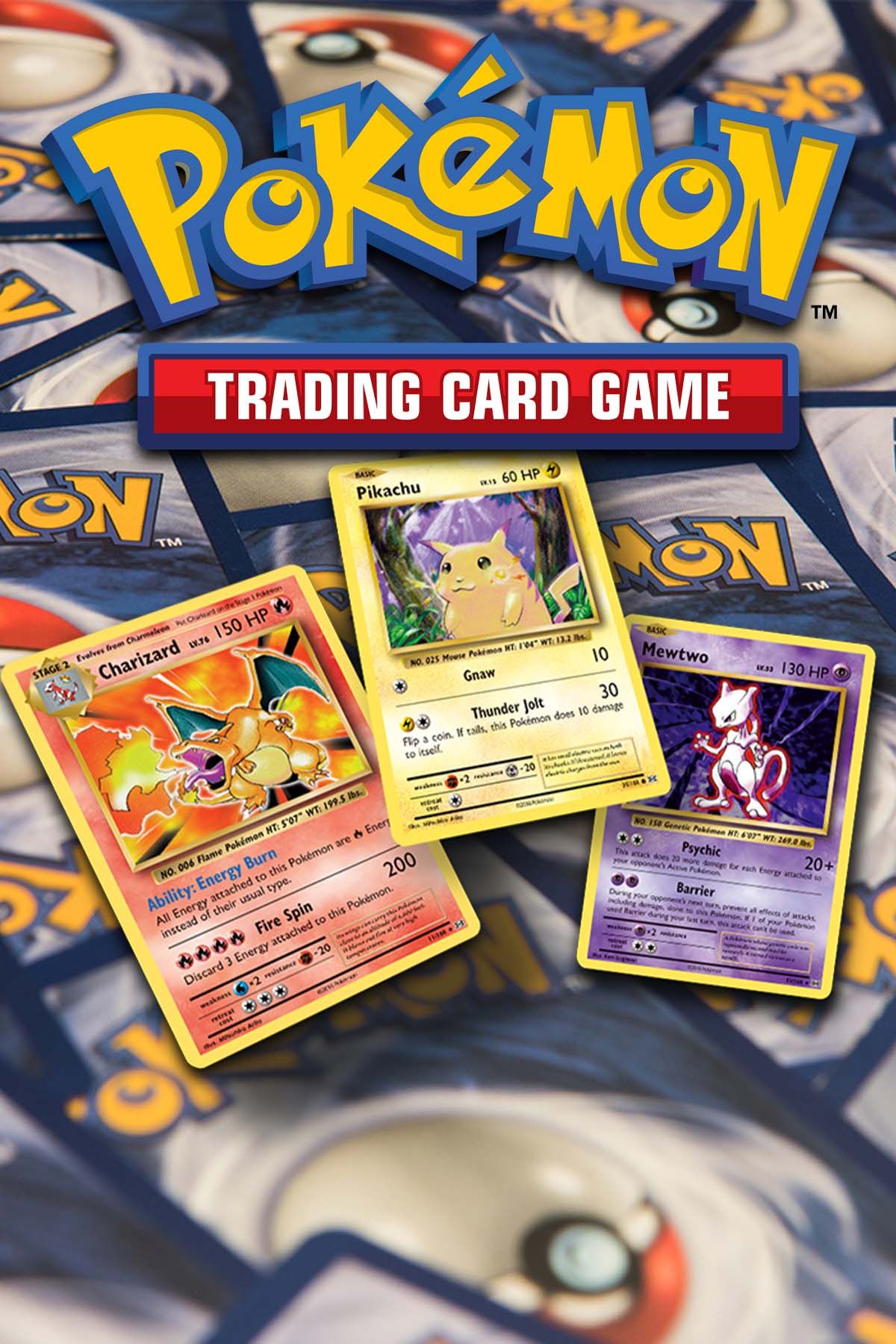


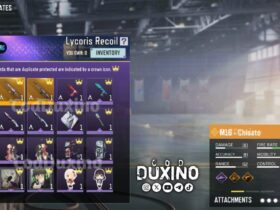



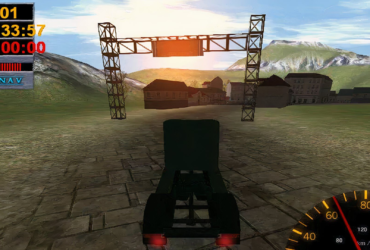
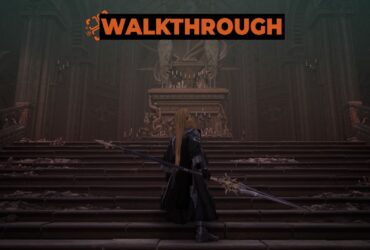
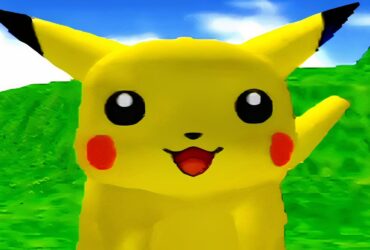

Leave a Reply